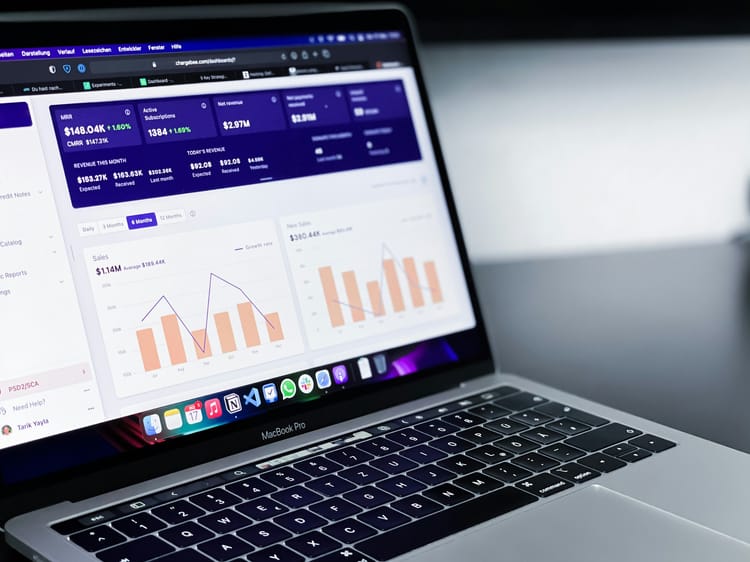Scope 4 emissions: What Chief Sustainability Officers should know

Scope 4 refers to emissions avoided outside of the lifecycle of a product, but thanks to the use of that product. Here is everything Chief Sustainability Officers should know about this controversial category.
All Chief Sustainability Officers know about the three main categories of emissions: Scope 1 (from own operations), Scope 2 (from energy use) and Scope 3 (emissions from the value chain). Most are also working to ensure their products and services reduce the carbon footprint of their users: Whirlpool, for instance, has a target to cut emissions from products in use (one of 15 categories under Scope 3) by 20% before 2030.
Scope 4 is a more elusive emissions category, and yet most companies that have migrated their IT processes to the cloud will be familiar with it. Cloud providers are some of the most vocal companies about avoided emissions: Microsoft, for example, says Azure can reduce the carbon footprint of computing by 98%, a number it calculated by comparing cloud data centres powered by renewable energy with enterprise data centres powered by dirty grids.
Beyond the emissions of products in use (which are generally linked to the energy efficiency of products), Scope 4 aims to quantify the emissions avoided merely by using one product instead of another. But the Azure example highlights the main issue with avoided emissions calculations: they rely largely on assumptions.
What are Scope 4 emissions
The World Resources Institute (WRI), which is behind the Greenhouse Gas Protocol, introduced a framework for the calculation of Scope 4 avoided emissions in 2018, which defines them as “the emissions impact of a product (good or service), relative to the situation where that product does not exist”.
DSM, for example, discussed the emissions avoidance potential of its cow feed additives in its 2022 integrated report: while the act of using any feed additive likely does not create any significant emissions (which would be included in Scope 3), DSM argues that its product results in reduced enteric methane emissions from cows – by about one tonne of CO2 equivalent per cow annually. These are Scope 4 avoided emissions.
Going further, smart building developer Johnson Controls says it is aiming to “double annual avoided emissions” through the use of its digitally-enabled products and services (which help to improve buildings’ energy efficiency) by 2030.
How to calculate Scope 4 emissions
The WRI framework sets out some key principles to help companies make what it calls a “comparative assessment”. First, any disclosure of avoided emissions must come after a company has already reported on Scope 1, 2 and 3 emissions and set a science-based target to reduce them. In other words, Scope 4 is only a ‘bonus’ category for companies that are already doing the work, and want to emphasise the emissions reduction potential of their products.
Additionally, avoided emissions should be disclosed alongside transparent Scope 1, 2 and 3 reporting, and not be used to adjust these categories. Companies should also ensure that Scope 4 emissions are relevant to stakeholders, complete (using a life cycle assessment), consistent with industry standards, and accurate.
In terms of methodologies, WRI offers two approaches to calculate these avoided emissions: the consequential method estimates “the total, system-wide change in emissions and removals that occurs as the result of a change in output”, such as the adoption of one product over another; but the most used (and less complex) option is the attributional approach. It considers the entire life cycle emissions of a product, and compares them with the life cycle emissions of another “reference” product (presumably a more conventional product).
Scope 4 emissions: issues and controversies
While the framework provides some guidance, WRI recognises that there are still many questions to answer before Scope 4 calculations can be considered accurate and standardised.
“These issues include how to identify which emissions sources should be assessed and how to identify credible base cases against which a company’s products can be compared. Claiming positive impacts can introduce additional complexities, such as how to apportion total impact to different value-chain actors based on estimated contributions to the company’s product; cherry-picking products or product applications; and aggregating results for claims at the level of product portfolios,” Stephen Russell, the organisation’s former Technical Manager for the Science Based Targets Initiative and the GHG Protocol, noted.
This is leading some to associate avoided emissions disclosures as greenwashing (or perhaps more accurately ‘greenlighting’: emphasising positive impacts to shift attention away from negative ones).
“On a very simple level, companies with claims like this need to prove that the new products and services create fewer emissions overall. That requires extensive testing and predictions, including predictions for how end users will use and dispose of products (...) The complexity of making calculations, substantiating real ‘avoidance’, and the risk of greenwashing make this a difficult and potentially risky claim for companies to make,” warns climate disclosure firm Persefoni.
For companies that transparently report and act on their Scope 1, 2 and 3 emissions, talking about Scope 4 can bring a competitive advantage – but Chief Sustainability Officers must ensure that calculations are solid enough to withstand scrutiny, and that assumptions are transparently communicated.







Member discussion